Soldiers Laughed When He Refused to Carry a Gun — They Begged for Him Hours Later
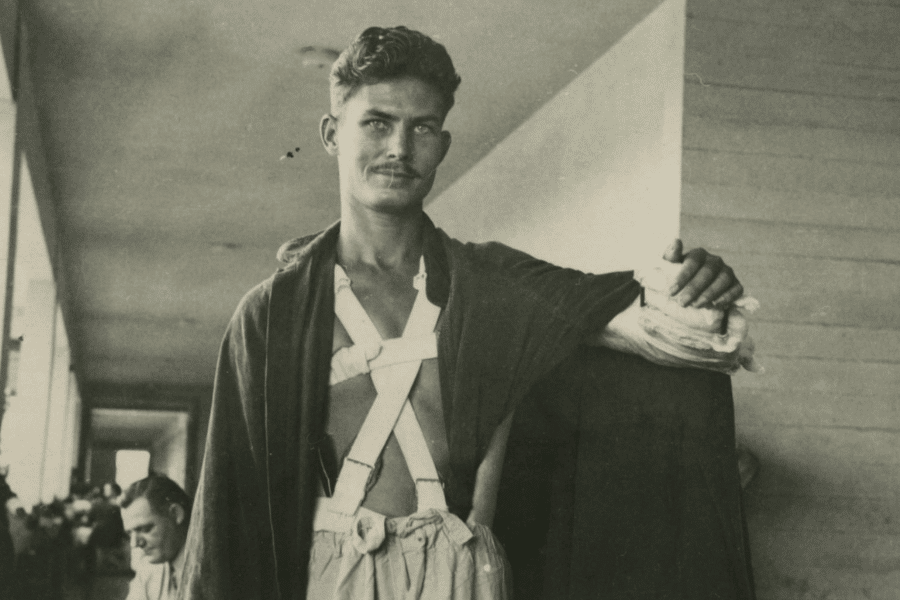
He charged into battle without a weapon, armed only with faith, guts, and a first-aid kit. Desmond Doss defied logic, bullets, and every war movie cliché. His story isn’t just heroic—it’s mind-blowingly impossible. Strap in for the unarmed saga of the man who saved lives like it was a sport.
Welcome to Hacksaw Ridge: Abandon All Hope, Ye Who Enter
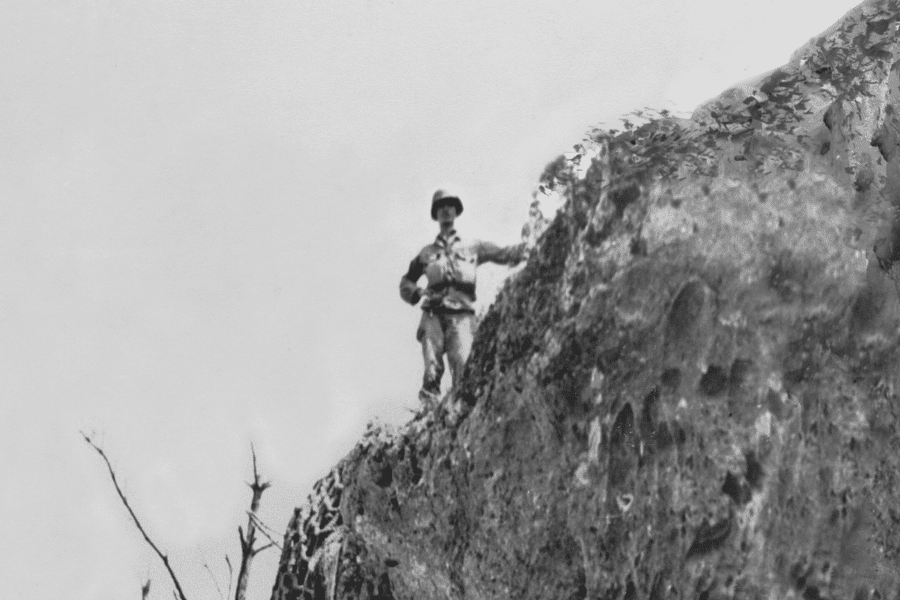
Hacksaw Ridge wasn’t a nickname but a vertical death trap dressed as a battlefield. Soldiers climbed it like they had something to prove. Desmond Doss? He climbed it like it owed him money.
No rifle. No sidearm. Just a first-aid kit, a Bible, and enough courage to shame a Greek god. Desmond didn’t come to take lives—he came to save them. Repeatedly.
While others prayed for survival, Desmond climbed toward chaos with gauze, grit, and gospel. It was less of a war zone and more of a hellhole, yet he walked in smiling.
“Please Lord, Help Me Get One More”
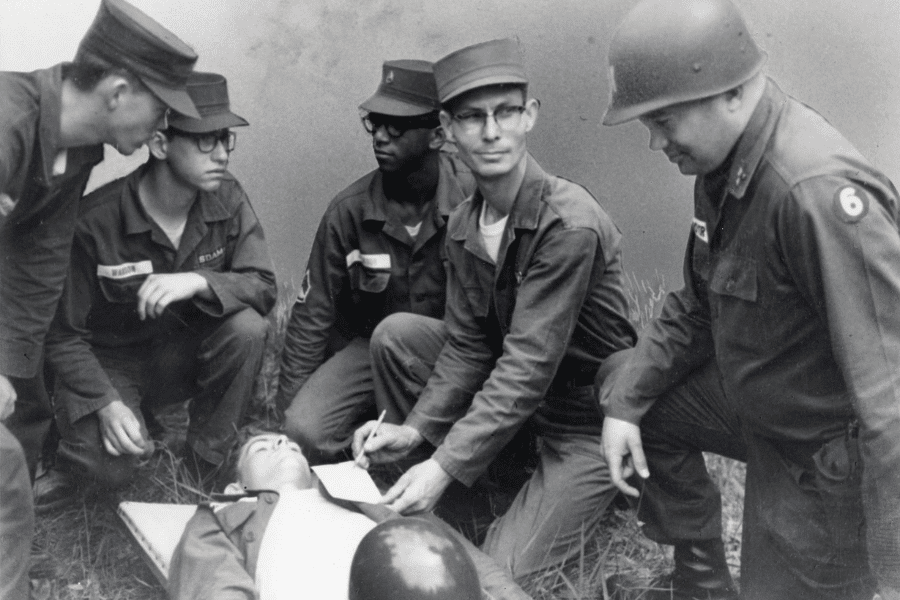
When most people pray during battle, it’s usually “don’t let me die.” Desmond’s prayer was different: “Please, Lord, help me get one more.” And then he did. Again. And again. And again.
Every time he dragged someone to safety, he whispered that line. It wasn’t a catchphrase—it was a spiritual checklist. Desmond ran into danger with God as his GPS.
It became his mission—one more life, one more rescue. While bullets flew like angry bees, he just kept praying and moving. This was faith weaponized, and it absolutely worked.
Solo Rescue Mode: Activated
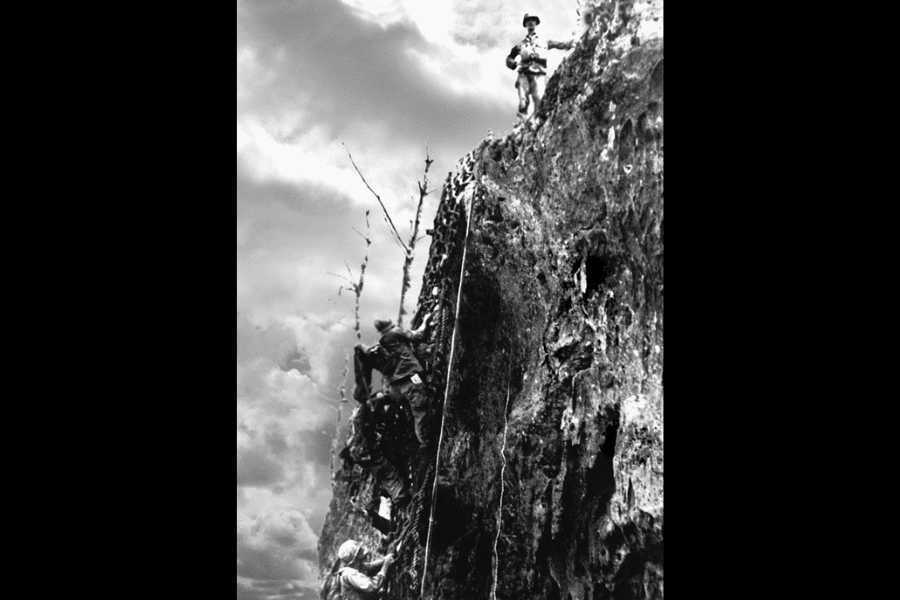
When his unit retreated, Desmond didn’t. He stayed—on purpose—to rescue the wounded. Alone. No backup. Just him, his med bag, and a suspiciously durable rope collection.
He found soldiers bleeding out in bomb craters and dragged them to the cliff’s edge. By moonlight. Under fire. He basically became a one-man trauma center with divine WiFi.
This wasn’t adrenaline. This was conviction mixed with unfiltered lunacy. Every soldier he saved was lowered by hand. He tied knots like a Boy Scout possessed by Florence Nightingale.
The Cliff of Miracles
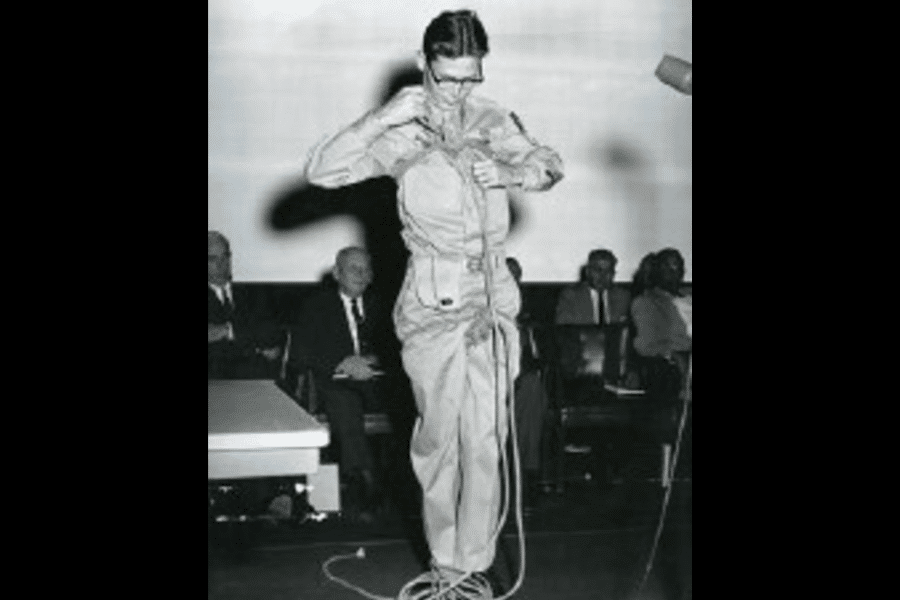
Desmond didn’t just rescue people—he lowered them 400 feet off a cliff. No safety net. No crane. Just rope, resolve, and what we assume were prayer-powered forearms.
He became a pulley system powered by guilt and grace. One by one, wounded men descended from that hellish plateau like confused angels returning to earth.
By morning, over 75 soldiers had been saved by the man who never fired a shot. At that point, even gravity was like, “Okay, I’ll allow it.”
Grenade? No Problem, I’ll Just Absorb It
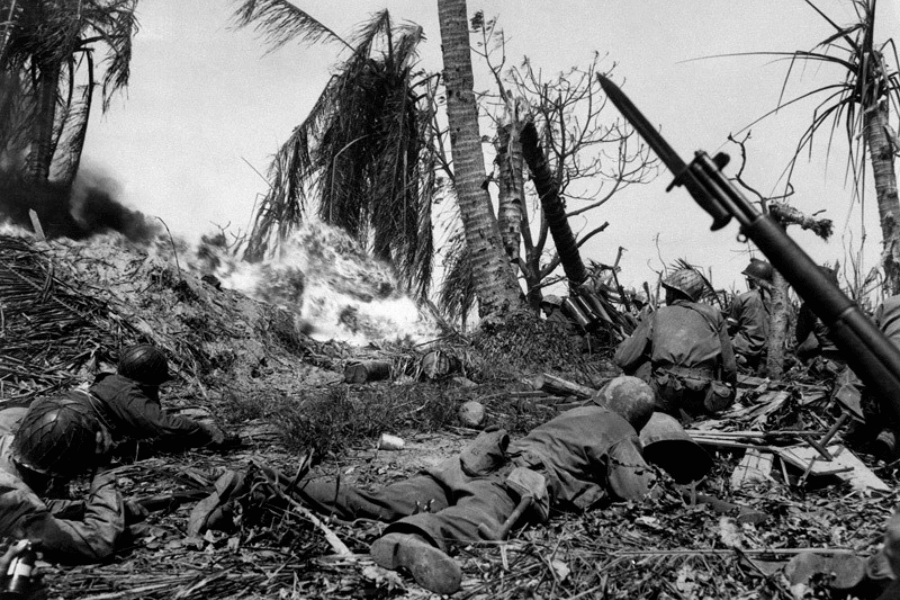
During another battle, Desmond tried to boot a grenade away from his buddies. It didn’t travel far. It exploded. Right next to him. And yet—he did not retire that day.
Shrapnel tore through him like confetti at a deadly parade. But he didn’t crawl away. He crawled toward the wounded. Because of course he did. Why stop now?
Then, because irony is his sidekick, he made a splint from a rifle stock. Yes, the thing he refused to use as a weapon. The man was biblical-grade hardcore.
“Patch Others First,” He Said While Dying
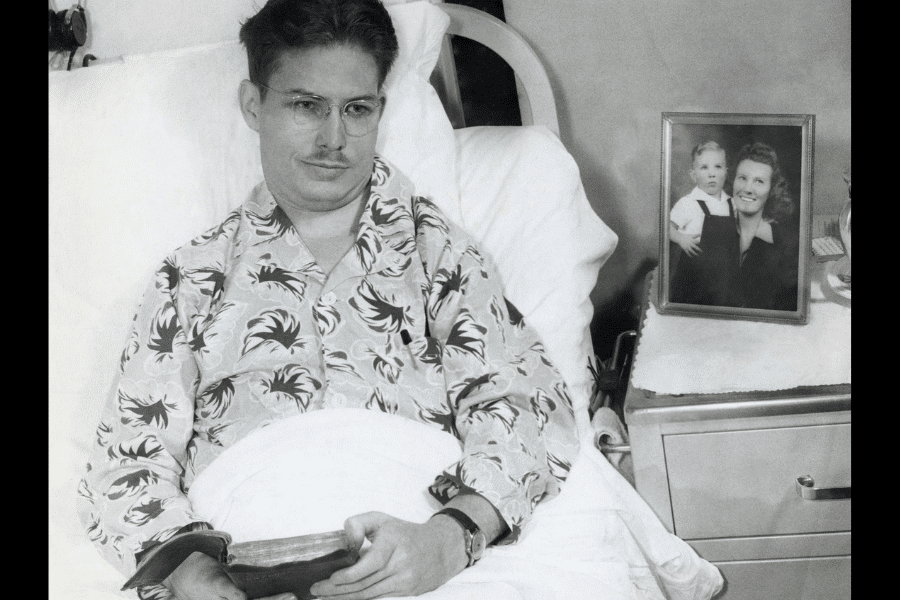
When medics finally found him, Desmond was perforated like a colander—but still conscious. Instead of asking for help, he told them to treat someone else first. Seriously.
They tried to carry him out. A sniper disagreed and shot his arm. Desmond? Unbothered. Just politely reminded someone to grab his Bible before leaving.
He could’ve cursed, cried, or quit. Instead, he offered medical advice while bleeding out and made sure his scripture didn’t get left behind. Priorities: gospel first, organs second.
The Skeptics Finally Shut Up
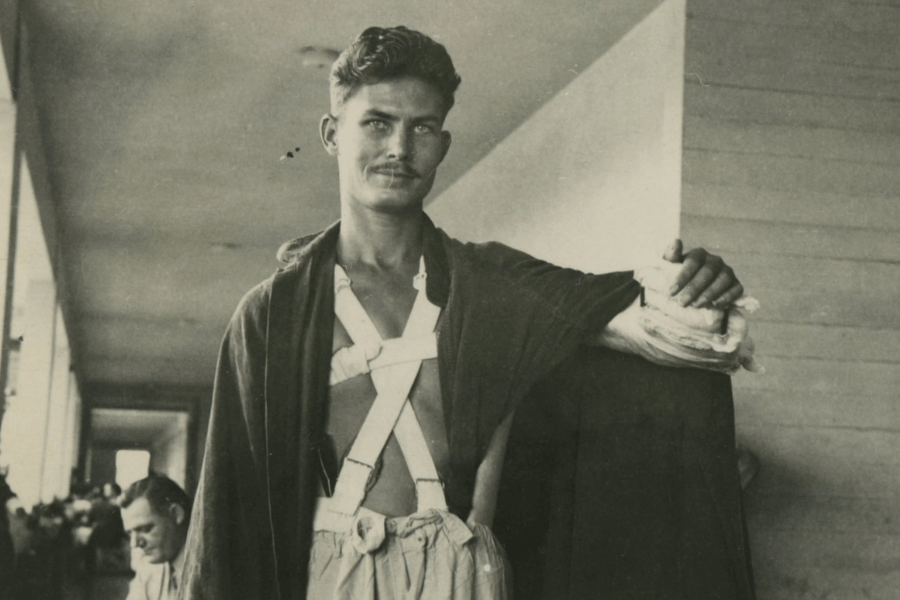
Before the heroics, Desmond’s nickname was “the coward.” After Hacksaw Ridge, that changed to “our last hope” and “please tell me he’s still alive.” Funny how saving lives alters opinions.
The same guys who mocked his Sabbath-keeping, Bible-thumping ways now carried pictures of him like he was a war-zone saint. Spoiler: he kind of was.
Apologies rolled in awkwardly. Grudging respect turned into full-blown reverence. Turns out, a pacifist who outperforms machine guns is hard to roast without looking incredibly dumb.
Combat Medic: The Army’s Human Glue Stick
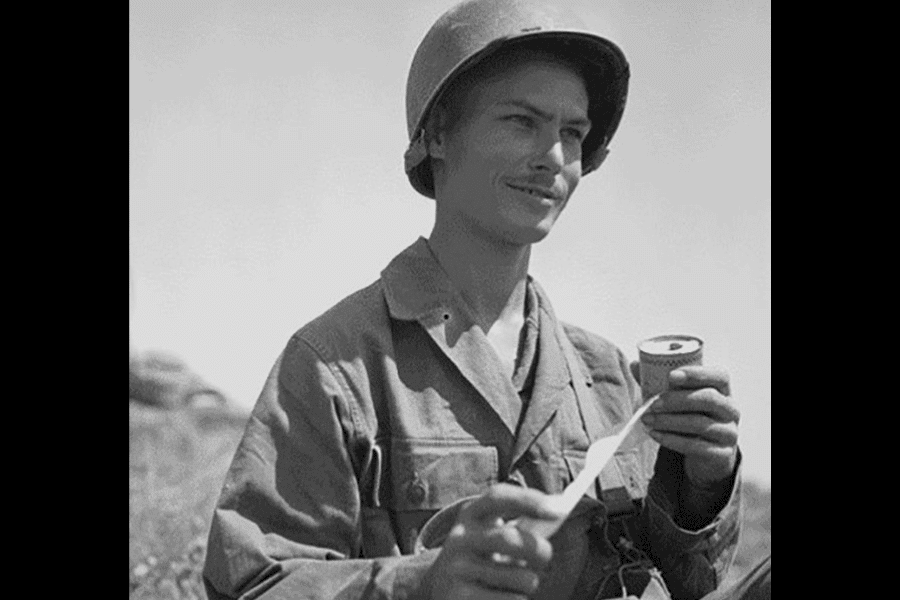
Eventually, someone had the galaxy-brain idea: “Don’t give him a rifle—make him a medic.” And just like that, the Army’s conscience got its own pair of boots.
Desmond didn’t treat injuries—he performed triage like it was a competitive sport. He was part doctor, part angel, part guilt-trip on legs.
Bandages, morphine, scripture, and compassion were his weapons. The battlefield didn’t scare him. The idea of not helping someone? That’s what kept him awake at night.
Off to the Pacific Theatre—Spoiler: It’s Not a Broadway Show
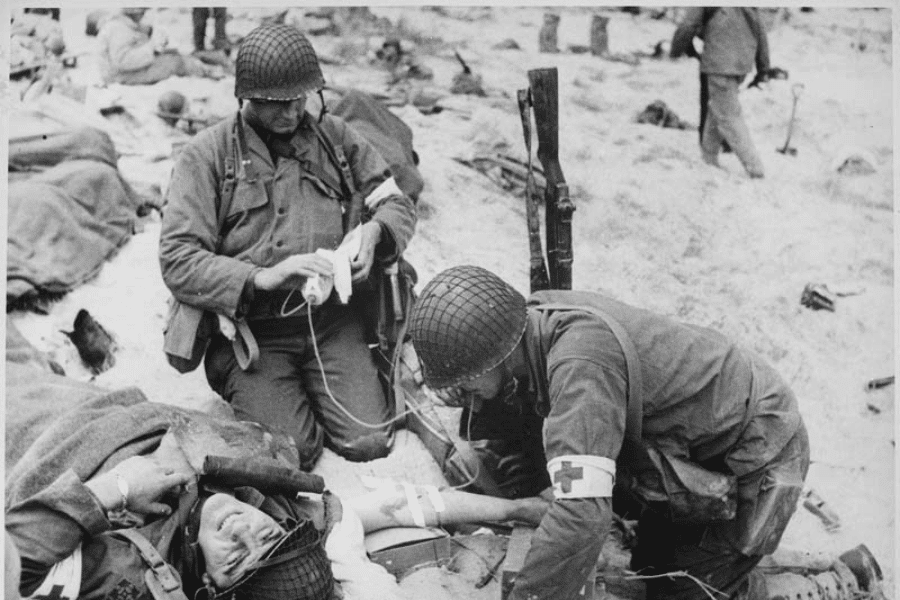
After basic training, Desmond got shipped to Okinawa. Not the touristy, beachy part—nope. He went to the “everything explodes constantly” section. Fun!
Even as the rest of his unit prepared for carnage, Desmond just packed extra bandages and a Bible. He brought Psalms to a gunfight—intentionally.
His fellow soldiers still weren’t sure what to make of him. But they were also running out of jokes. Doss might’ve been quiet, but he made the ground shake.
Rifle Rejection and a Whole Lot of Drama
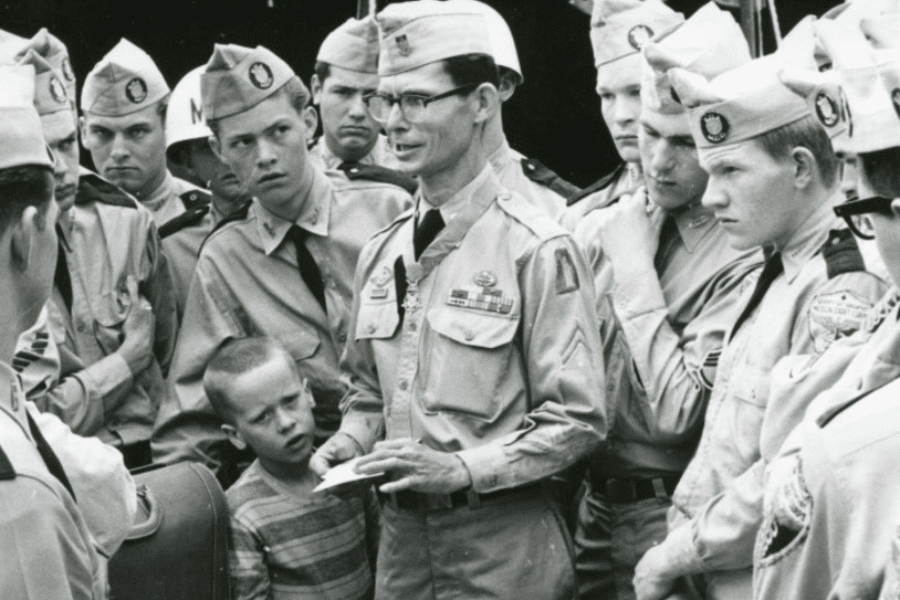
Before he ever touched Okinawan soil, Desmond caused chaos by refusing to touch a gun. The Army was not amused. The paperwork alone probably made generals cry.
They almost court-martialed him for refusing to qualify with a rifle. His commanding officer thought it was a prank. Desmond just calmly stuck to his beliefs.
Eventually, he got permission to train without weapons. It was historic, controversial, and completely baffling to everyone who hadn’t met Desmond Doss.
Enlistment Papers and Raised Eyebrows
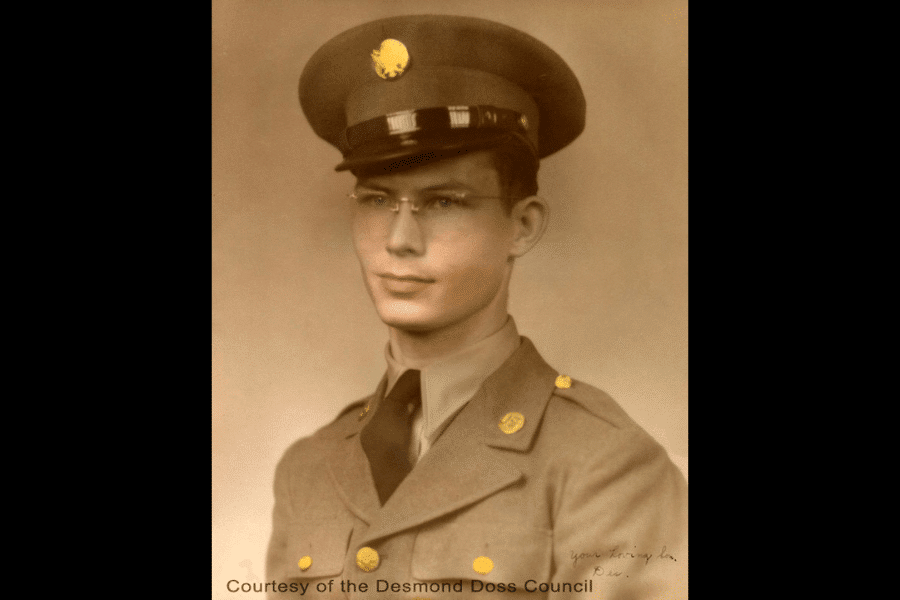
When Desmond volunteered for service, he didn’t try to dodge the draft. He didn’t run. He walked straight into the office and said, “I’ll go. Just no killing, please.”
They blinked at him. Hard. A soldier who won’t shoot? It sounded like a Monty Python sketch. But Desmond was dead serious. And very, very polite about it.
The Army eventually let him in—possibly as an experiment, possibly out of curiosity. What they got was a moral juggernaut with the bedside manner of a saint.
Boot Camp: Where Kindness Is a Crime
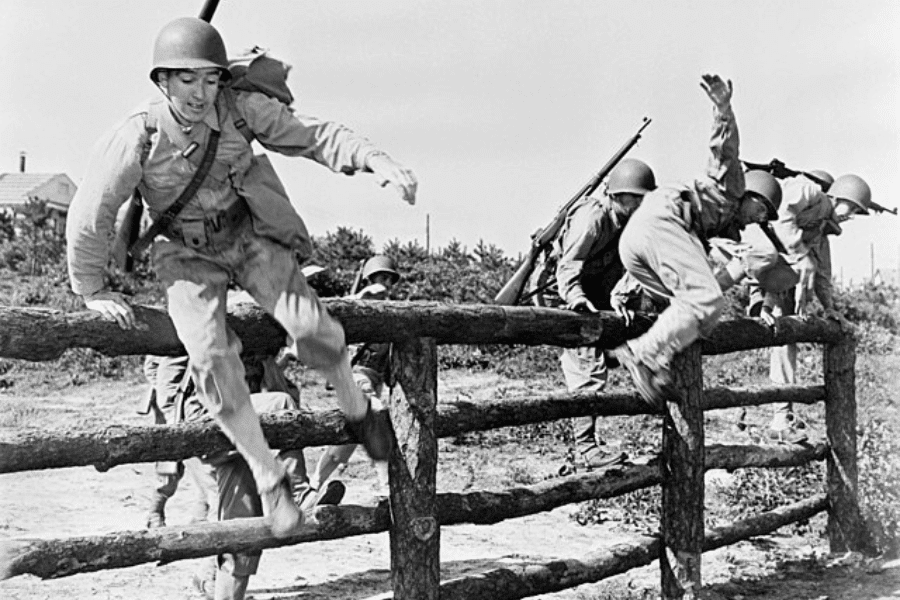
Desmond entered boot camp like a lamb among wolves, and those wolves really hated pacifists. They mocked him, harassed him, and probably used him as a coat rack once or twice.
He didn’t retaliate. He prayed. He patched up their blisters. He quoted scripture while scrubbing latrines. Basically, he became a floating moral compass in a sea of sweat.
Even when they threw shoes at him, he offered to clean them. The Army tried to break him; instead, they accidentally polished him into a walking sermon.
Sabbath Scandals and Army Confusion
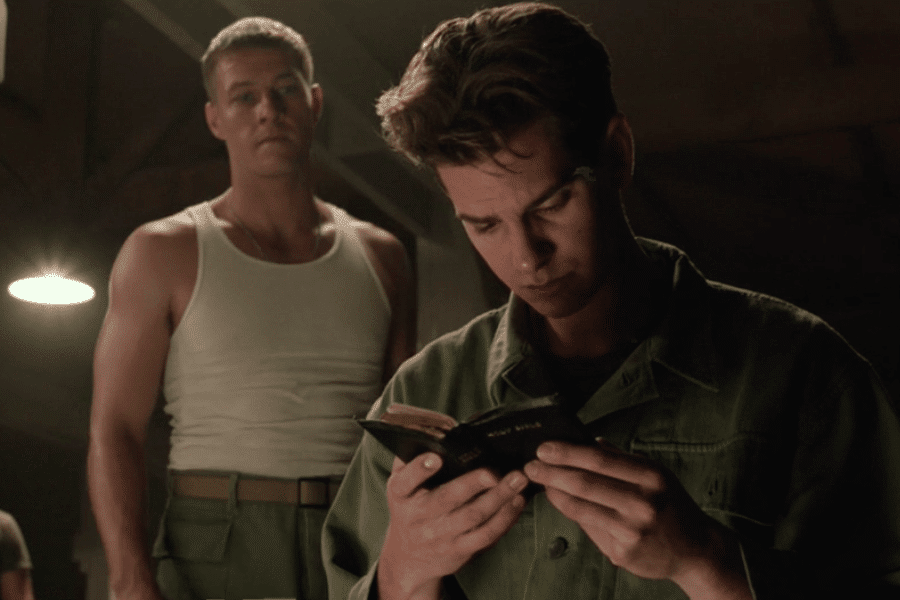
Desmond asked for Saturdays off. In the middle of World War II. You could practically hear a general combust from across the country.
He didn’t ask to work less—just differently. He crammed six days of work into five and still outperformed half the unit. Because faith, apparently, comes with caffeine.
Eventually, they relented. He got his Sabbath. Probably with gritted teeth and muttered prayers that he wouldn’t turn the barracks into a chapel.
From Factory Floor to Frontline Intentions
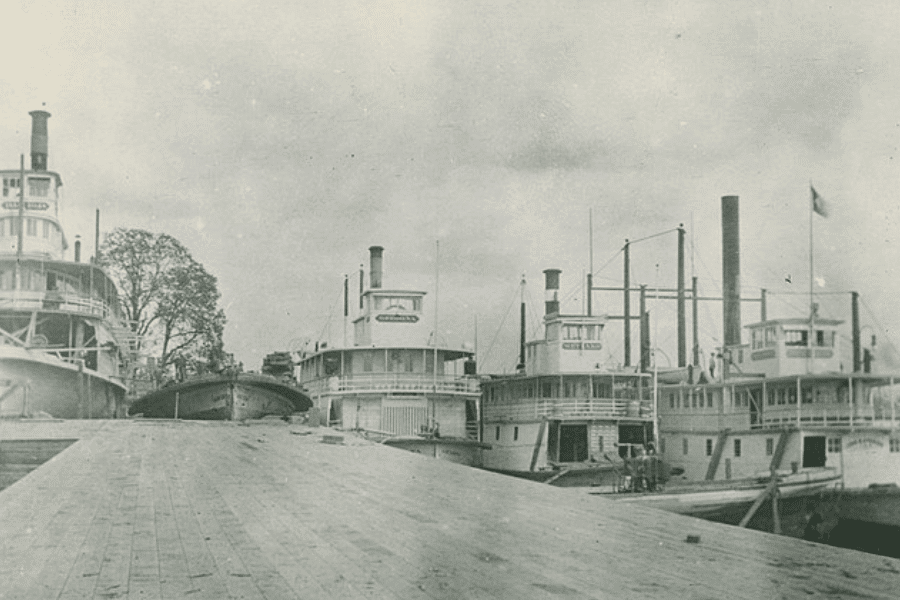
Before the war, Desmond was welding ships and keeping to himself. He had steady work and a solid excuse to stay far from battle. But no—he signed up anyway.
He wasn’t there to dodge bullets but to dodge moral compromise. Healing over harming. Compassion over combat. A pretty radical job description for a war.
It wasn’t about being brave. It was about being right, feeling less like ego and more like divine stubbornness. Salute!
The Origin of a Peaceful Warrior
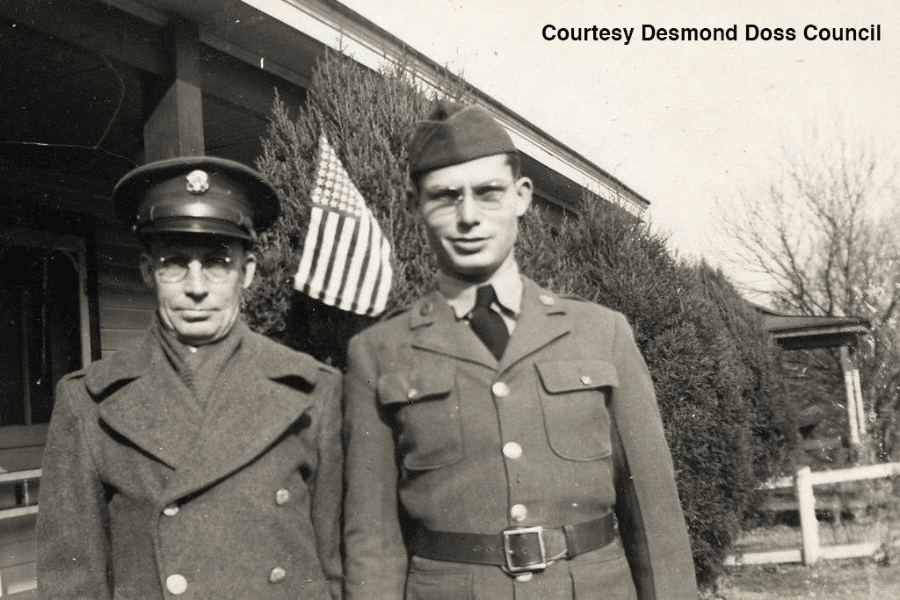
Desmond’s pacifism didn’t show up randomly. As a kid, he watched a fight involving a gun that traumatized him so deeply it rewired his soul.
While most kids feared monsters under the bed, Desmond feared becoming the monster. From then on, “Thou shalt not kill” was his life motto—written in permanent ink.
That childhood moment didn’t fade—it hardened into armor. Not physical armor, but the kind you carry in your spine, values, and unusually intense moral clarity.
Born With a Bible and Unshakable Nerves
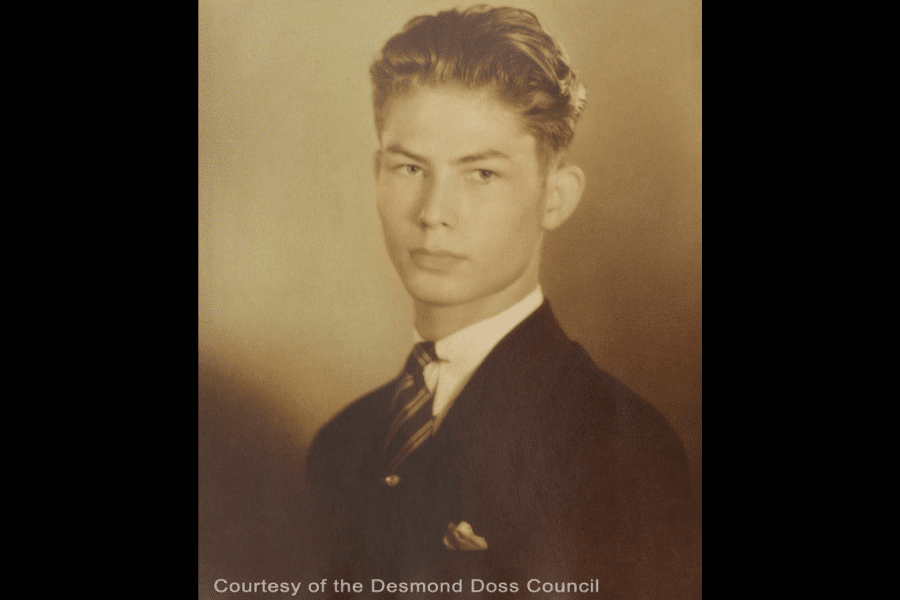
Born into a devout Seventh-day Adventist family, Desmond was raised on scripture and grit. His faith wasn’t casual—it was nuclear-grade conviction with a side of humble pie.
As other kids played war with sticks, Desmond practiced nonviolence like it was a contact sport. His version of rebellion? Saying no to killing—forever.
His morals were forged early and reinforced daily. And when the war came knocking, Desmond didn’t waver—he just brought his Bible to the battlefield and said, “Let’s do this.”
Finally Medically Disqualified, Like a War-Saving Legend
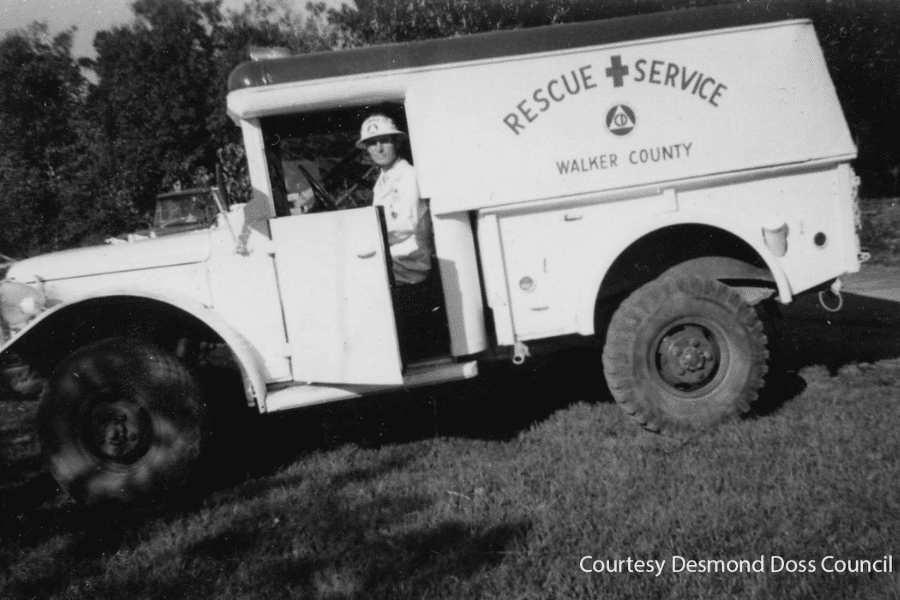
Eventually, Desmond’s body couldn’t keep up with his insane resume. The Army, impressed but exhausted, finally told him to go home. Preferably without dragging any more humans off cliffs.
Seventeen pieces of shrapnel, a busted arm, and half a lung later, he was honorably discharged. Medically, he was a mess. Spiritually, he was still bulletproof.
Desmond didn’t whine. Didn’t grandstand. Just quietly exited, carrying more scars than gear and more honor than anyone thought possible for a guy who never touched a gun.
Medal of Honor Time, Baby
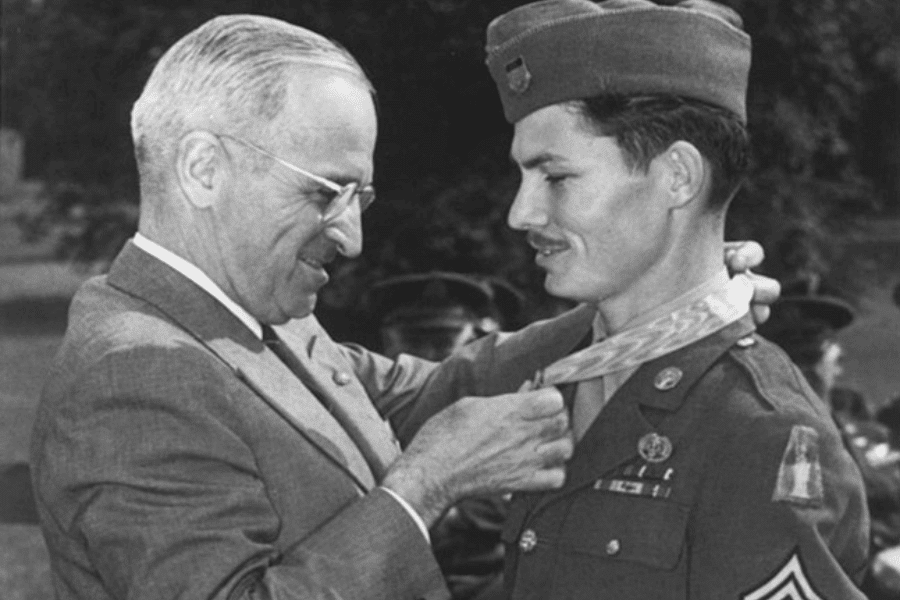
President Truman himself pinned the Medal of Honor on Desmond. And yes, he said it was a bigger honor to give it than receive it. That’s serious praise.
Even Congress had to triple-check the facts. “He did what? Alone? Without a gun? Are we sure he’s human?” Spoiler: no one was entirely sure.
Desmond accepted it like he accepted everything—modestly. No chest-beating, no victory lap. Just a “thanks,” a prayer, and probably an urge to get back to gardening.
The Media Couldn’t Handle Him
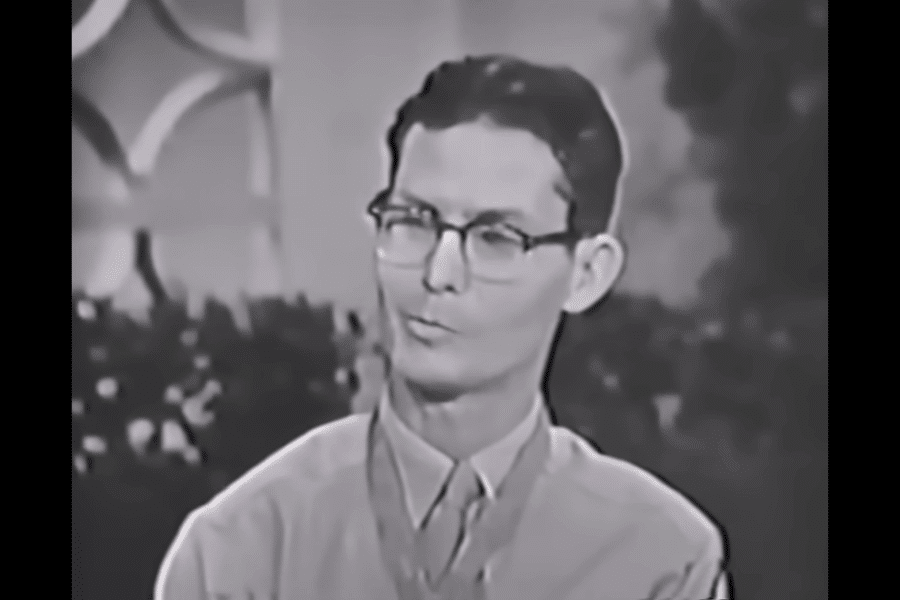
Journalists were baffled. A war hero who didn’t shoot? Their scripts short-circuited. Headlines couldn’t decide between “Miracle Man” and “Divine Draft Pick.”
He gave a few interviews, dodged fame like he dodged bullets, and returned home as if he hadn’t just spiritually bodyslammed the Axis powers.
No press tour. No ego. Just Desmond, blending back into civilian life while reporters scrambled to invent new adjectives for “absurdly amazing.”
Hollywood Tried—He Declined
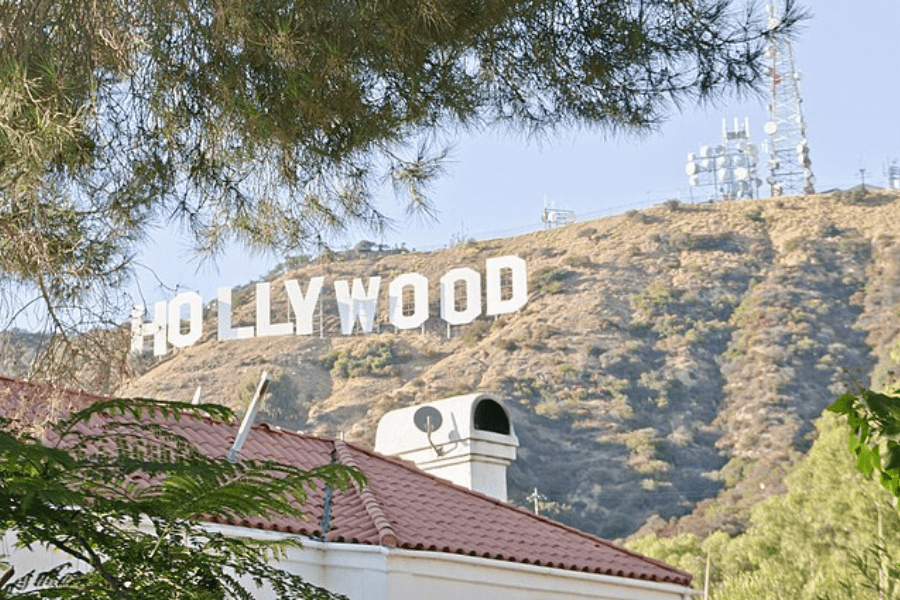
Movie studios lined up with blank checks. Desmond said “no” like it was a spiritual reflex. He didn’t want explosions where prayers belonged.
He feared they’d turn him into an action star with too many abs and insufficient values. And honestly, he wasn’t wrong.
Eventually, he allowed a film—Hacksaw Ridge—but only if they promised not to Hollywood-ify his holiness too hard. No slow-mo gunfights. Just slow-mo rope rescues, please.
Hacksaw Ridge (The Movie): Now With Extra Heroism
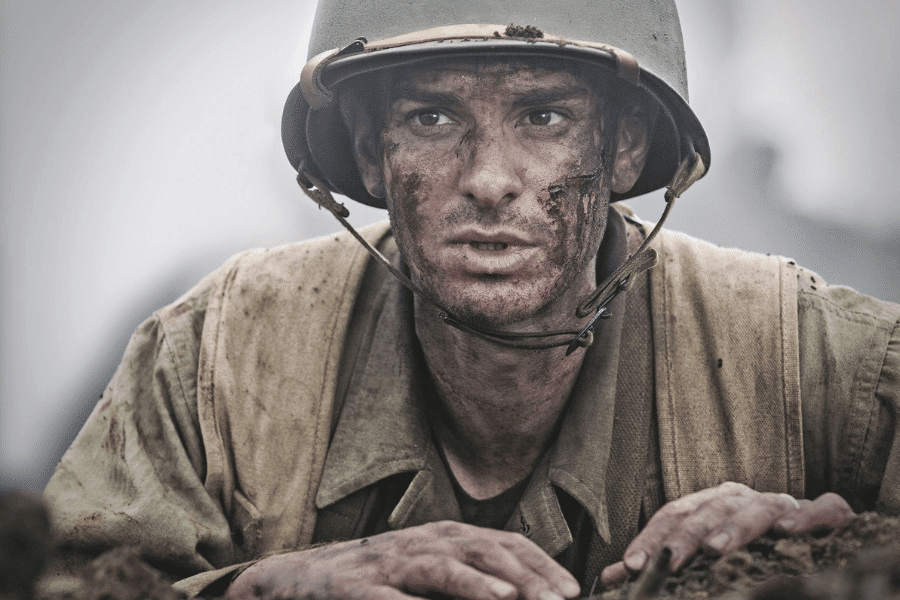
Mel Gibson directed it. Andrew Garfield portrayed him. Desmond watched the whole thing like a dad watching kids roughhouse: mildly amused but spiritually suspicious.
The movie did well at the box office. Critics cried, and audiences gasped. Desmond probably smiled and muttered, “A little dramatic, but okay.”
At least they kept it honest. No added explosions. No ghost cameos. Just one man, one rope, and a lot of sweaty miracles.
Faith: The Other Weapon
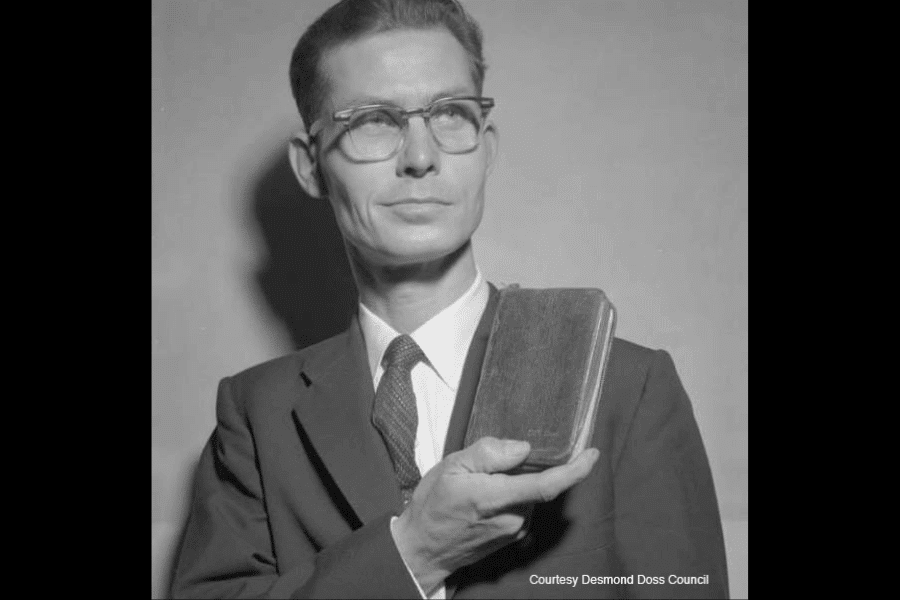
While others packed grenades, Desmond carried the gospel. And it worked better than most weapons. He prayed over the wounded while dodging mortar fire like it was church picnic volleyball.
He didn’t preach loudly. He just lived so faithfully that even atheists started side-eyeing heaven. Actions, meet thunderous sermons.
His Bible never left his pocket. And by the end of each battle, even skeptics were quoting Psalms like they were auditioning for choir.
Marriage to Dorothy: Because Legends Also Fall in Love
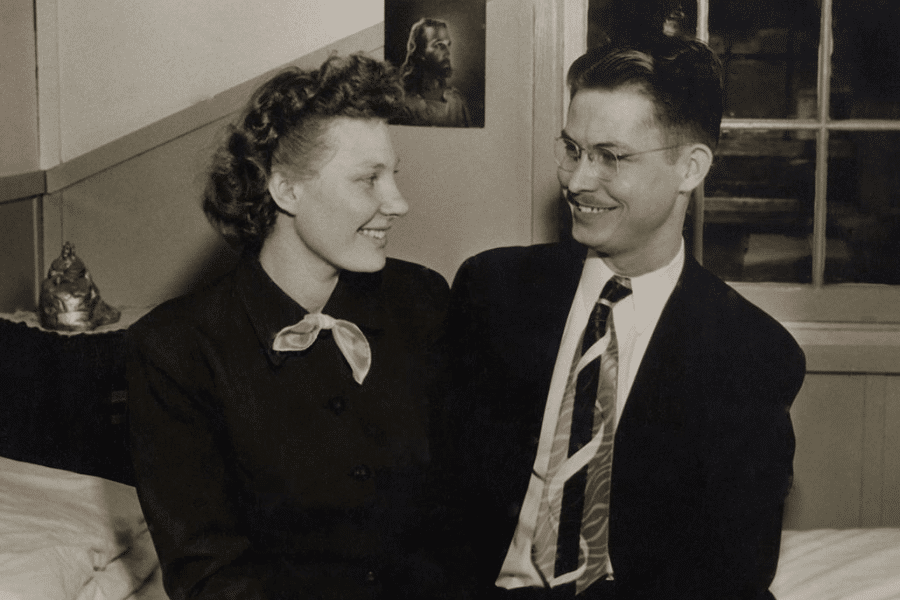
Dorothy Schutte didn’t just marry Desmond—she married the concept of patience. He was off saving humanity while she held down the fort with letters and prayers.
They wed in 1942, proving that some people see “going to war unarmed” as a green flag. Dorothy was clearly into extreme virtue sports.
She helped him recover post-war, watching over her husband-slash-pincushion like a guardian angel with a wedding ring.
Raising a Kid the Doss Way
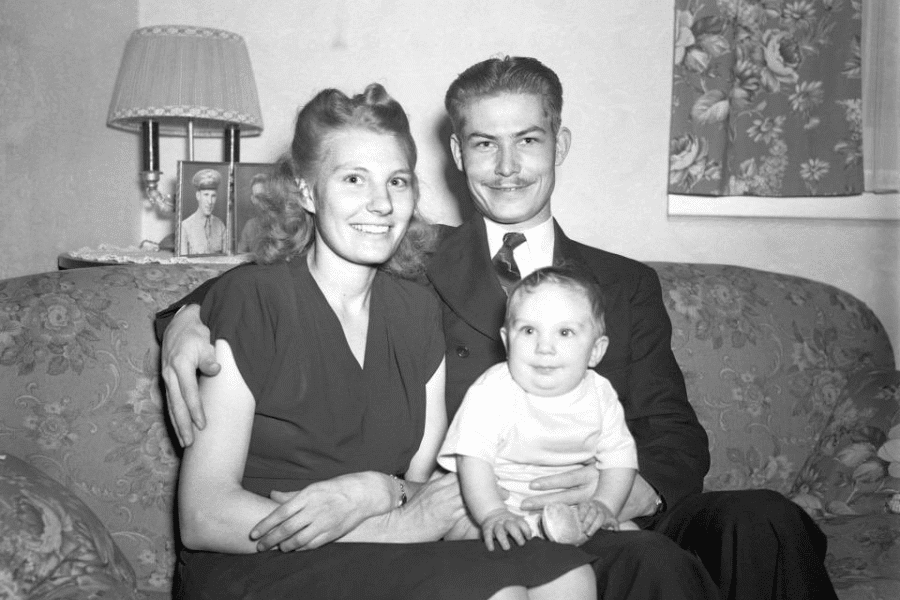
Desmond Jr. grew up with a legend for a dad. No pressure. Just bedtime stories that involved grenade dodging and cliff descents.
Desmond rarely talked about the war. Not out of shame—he didn’t want to make it a flex. He lived the lessons instead.
He taught Junior about service, kindness, and why you don’t need a weapon to protect what matters. He also probably taught Junior how to tie life-saving knots.
PTSD? Obviously. But Quietly Handled
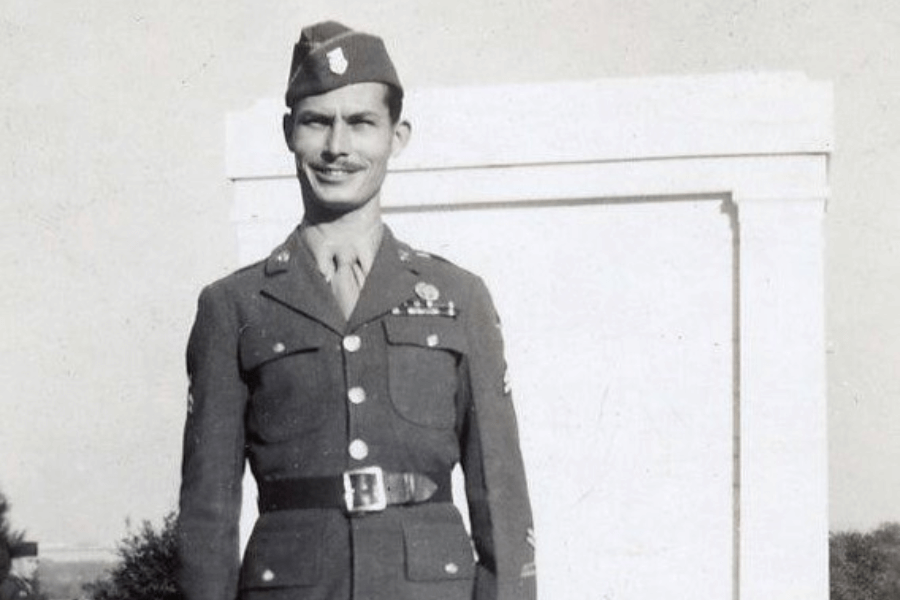
Though he never admitted it loudly, Desmond clearly dealt with trauma. You don’t crawl through body parts for fun. But true to form, he carried it with zero complaints.
Nightmares? Probably. Panic, Definitely. But Desmond faced it the same way he faced enemy fire—head-on, with no backup and an extra dose of prayer.
Instead of letting it wreck him, he poured his energy into helping others, living modestly, and staying as far away from spotlights as humanly possible.
Health Problems: The “Thank You for Your Service” Gift Bag
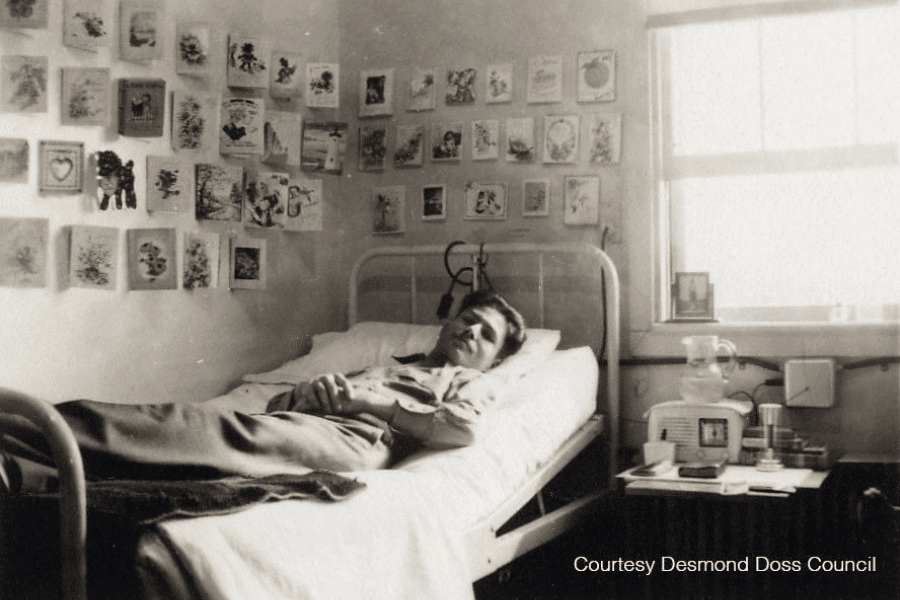
Desmond’s body was a warzone long after the bullets stopped. He collected injuries like Pokémon—shrapnel, tuberculosis, and more surgeries than a reality show contestant.
He lost a lung and five ribs, which feels excessive unless you’re Desmond Doss. Then it’s just another Tuesday.
Despite it all, he kept smiling, like every breath was a bonus round. His gratitude outlasted the pain, and his medical chart probably had its own zip code.
Veterans Admired Him, Even the Trigger-Happy Ones
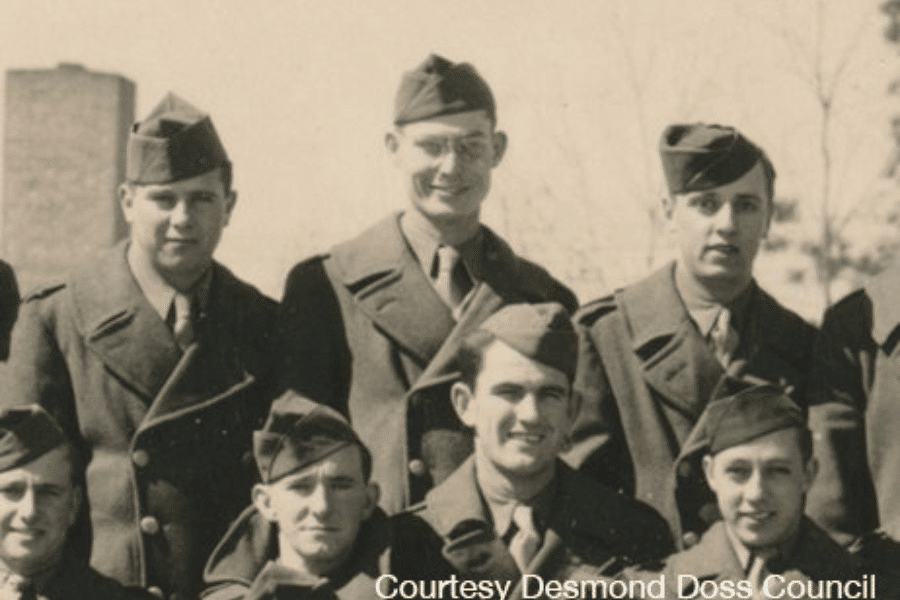
The toughest soldiers—guys who cleaned their rifles for fun—cried when talking about Desmond. He’d saved them when no one else dared.
They admitted it. Out loud. Often while nursing whiskey and existential whiplash. “He didn’t carry a gun… and saved me anyway.” Respect punched them in the face.
Desmond didn’t ask for their admiration. He earned it quietly, by doing things that made bullets and bravery seem like background noise.
The Church’s Poster Child (Whether He Wanted It or Not)
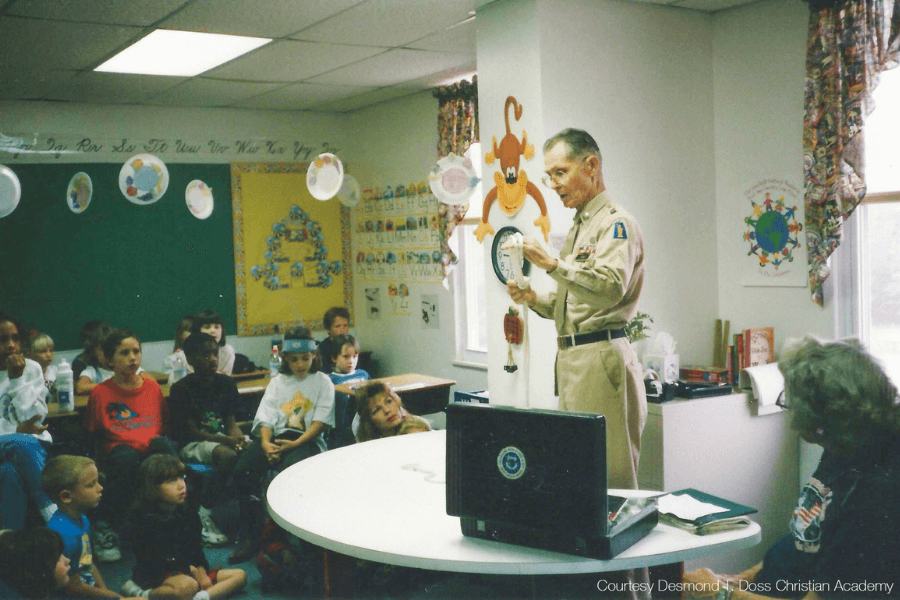
Desmond became an icon in Seventh-day Adventist circles. Basically, their Chuck Norris, but with more humility and fewer roundhouse kicks.
He was invited to speak at churches, hospitals, and conventions—usually awkwardly, often reluctantly. Being a walking miracle comes with many public requests.
He didn’t love the attention but used it to inspire, not boast. He reminded people that conviction doesn’t need a microphone but a backbone.
Doss the Human Meme Before Memes Were a Thing
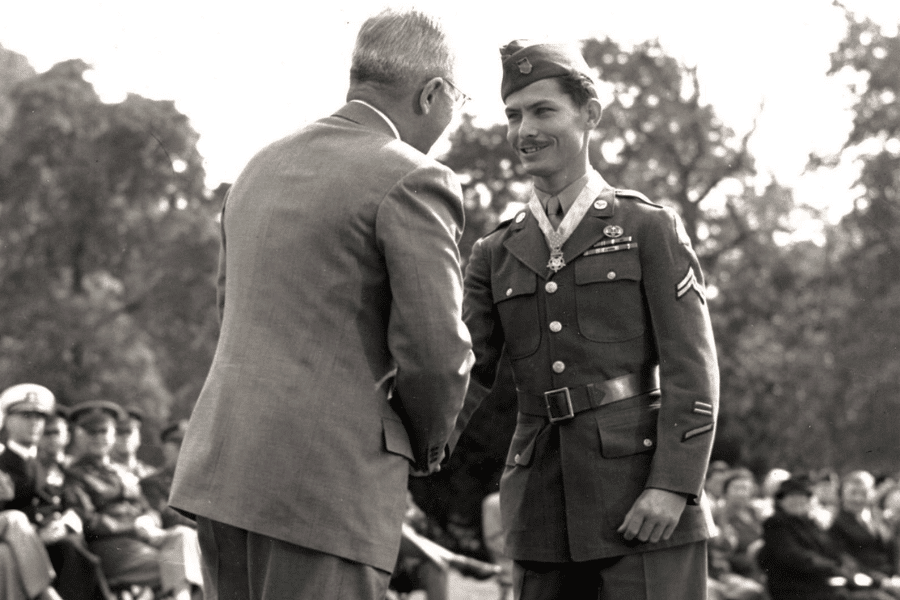
In military training today, they still use Doss as an example. “Be like Desmond.” It is like telling someone, “Just casually outperform every known survival instinct.”
Posters, documentaries, sermons—his story went everywhere. At this point, even your grandma has probably heard of him. He became an accidental celebrity with zero TikToks.
The lesson? You can change the world, save lives, and make war historians cry—all without posting a single gym selfie or firing a shot.
The Most Badass Draft-Dodger Who Didn’t Dodge the Draft
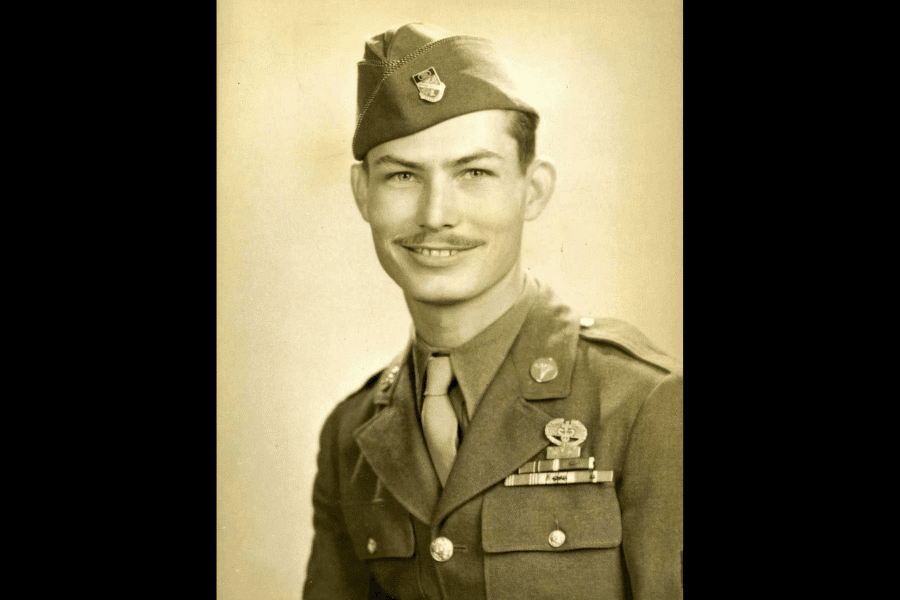
Desmond proved that you don’t need to avoid the war to stand against violence. He walked right into it—barefoot in spirit, bulletproof in faith.
He could’ve faked an injury, cited his religion as an excuse, or just vanished into Canada. Instead, he said, “Nah, I’ll go—but I’m bringing gauze.”
Somehow, this ridiculous choice led to one of the greatest stories of courage, compassion, and absolute lunacy wrapped in moral clarity the world has ever seen.
The Medal Nobody Could Question
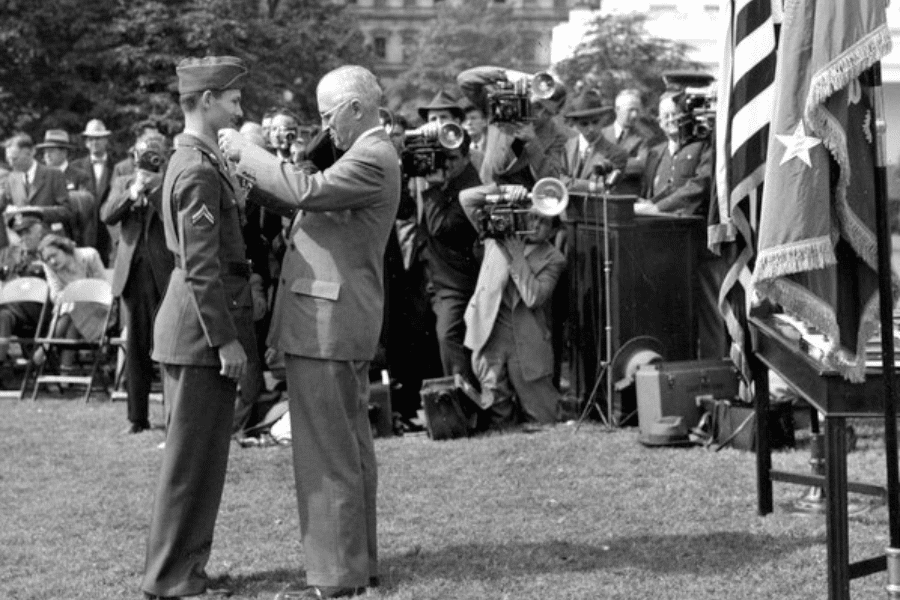
Desmond’s Medal of Honor citation read like fan fiction: “Saved 75 men… under fire… alone… unarmed.” Even Congress was like, “Wait, is this legal or just divine?”
It was the first time the government handed out a military award while quietly whispering, “We don’t deserve you.” Even the paper it was printed on felt humbled.
No one contested it. No one dared. It was the one time the military, politicians, and chaplains all nodded, “Yeah, okay, this guy wins Earth.”
Doss vs. Pop Culture Misrepresentation
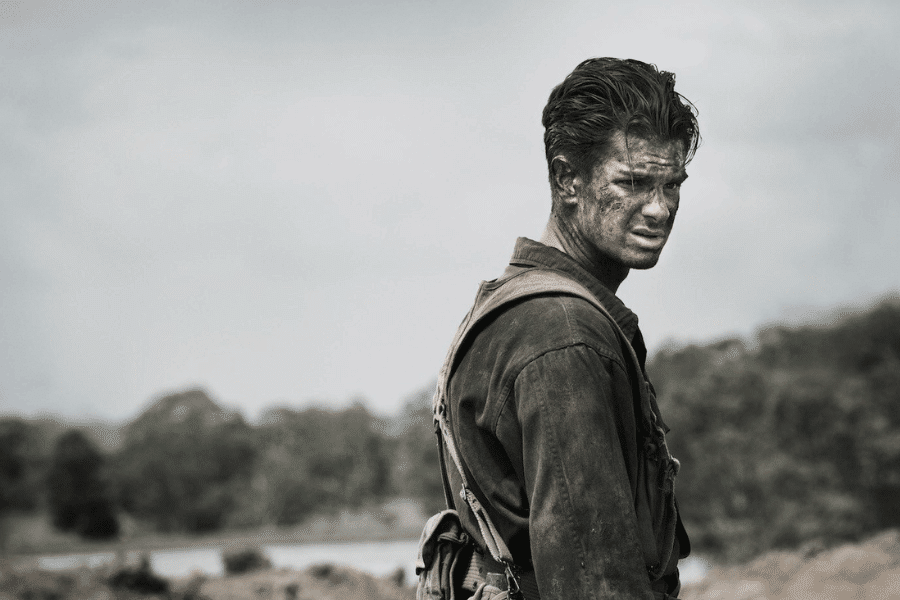
Desmond refused early offers from Hollywood because he didn’t want them to turn his story into a gun-blazing action flick, which is exactly what they wanted to do.
He wasn’t about the drama. He didn’t need slow-mo or CGI blood spurts. He had reality, which was far more impressive than any film trickery.
It wasn’t until Hacksaw Ridge stuck to the truth (mostly) that he gave the thumbs up. Even then, he probably prayed they didn’t give him abs he never had.
International Icon, Local Guy
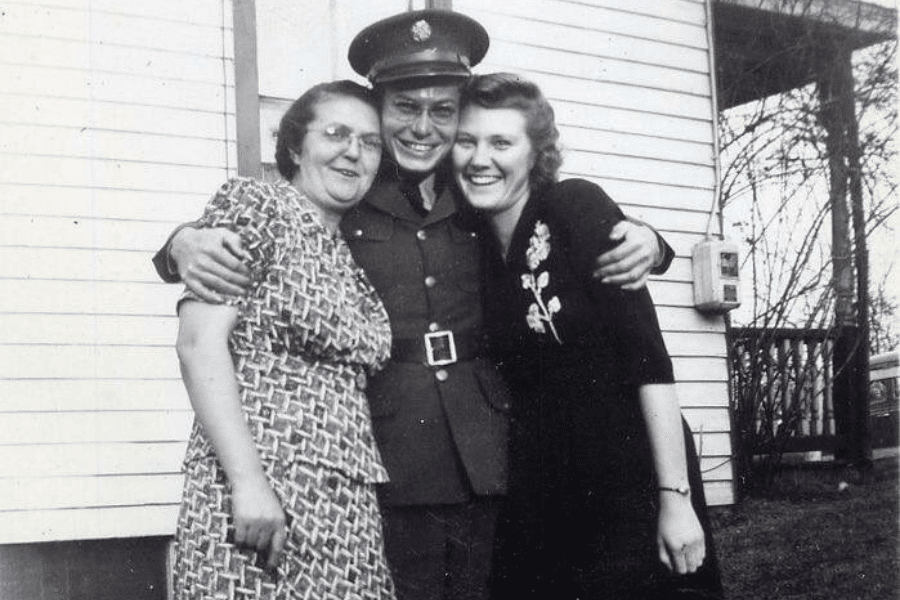
Though admired globally, Desmond stayed planted in small-town America. No villas, no Lambos—just a humble house, many thank-you cards, and probably an absurd number of get-well balloons.
He’d help neighbors with groceries, even if his body was held together by sheer will and God’s duct tape. Fame never went to his halo.
He treated fans like friends and friends like family. In short, he lived like the war hadn’t made him famous—but just more motivated to serve quietly.
Visitors Flocked. He Offered Tea.
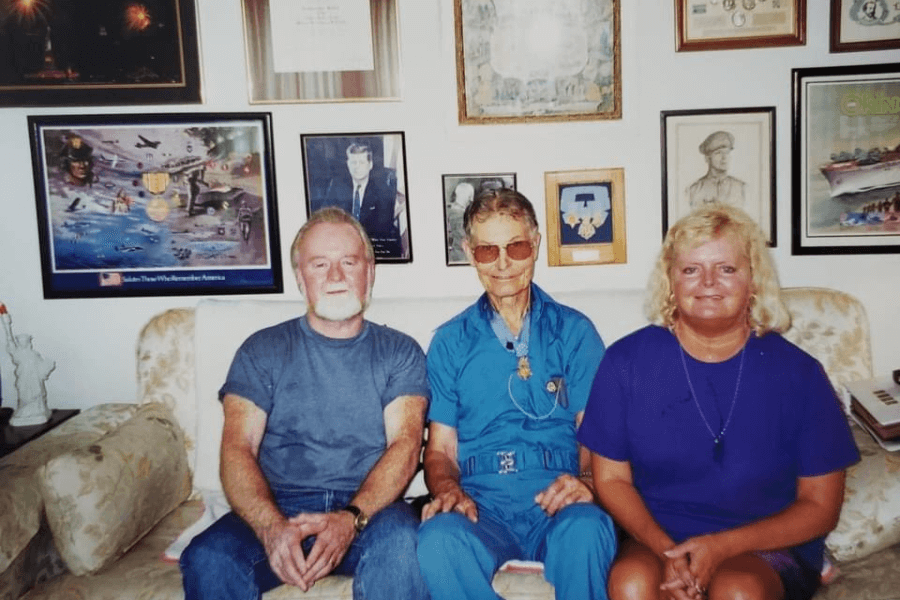
People from all over came to visit Desmond. War buffs, soldiers, Sunday school teachers—everyone wanted a selfie with the pacifist Rambo. He offered them tea and silence.
He wasn’t a talker. You asked a big question; you got a small, thoughtful answer. No dramatic reenactments. Just that piercing, “I’ve seen things” look.
They came expecting grandeur. They were left awed by gentleness. That’s the Desmond paradox—he shook your soul by barely raising his voice.
Letters From the Saved
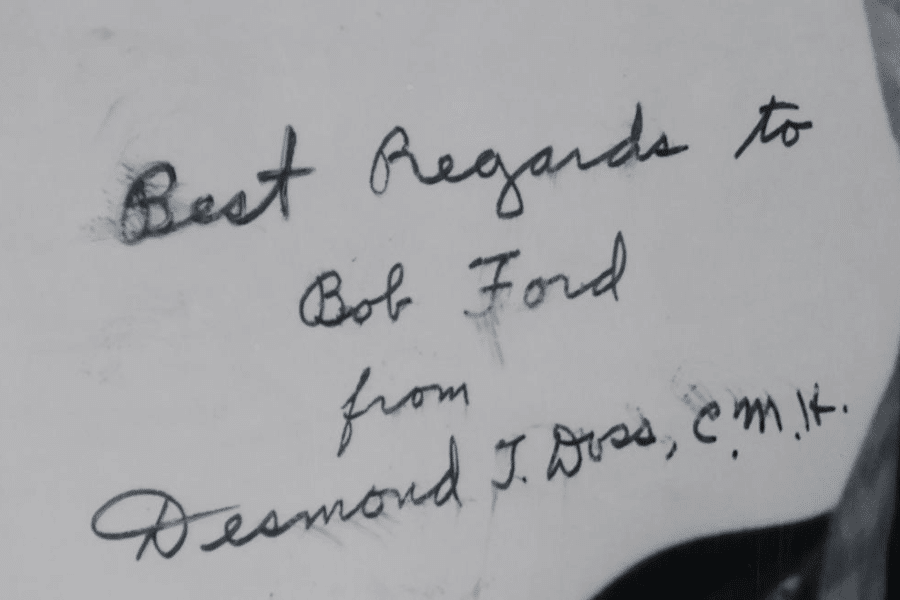
Many of the men Desmond rescued wrote to him after the war. Some sent thanks, while others just said, “You probably don’t remember me, but I definitely remember you.”
He responded to as many as he could, handwriting replies like it was 1892. Of course, he didn’t use form letters—he saved lives, not time.
These men owed him everything, and Desmond treated their gratitude like it was too much because modesty was his default setting, even in miracles.
The Army Finally Gets the Memo
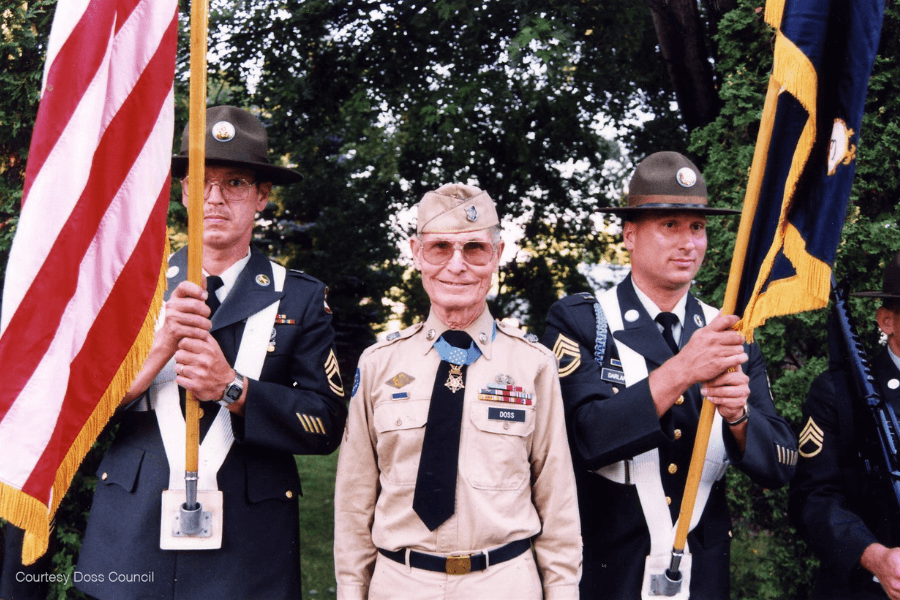
It took the Army a while, but eventually, they realized they should stop arguing with history. Desmond’s name became required reading in training manuals and ethics classes.
New recruits now learn about him like he’s the Jedi Grandmaster of medical ethics. “No gun? No problem.” That’s the Doss doctrine.
Drill sergeants shout his name during pushups, probably while praying to channel even one molecule of that rope-slinging, injury-defying kindness monster.
His Bible: The Most Well-Traveled Book
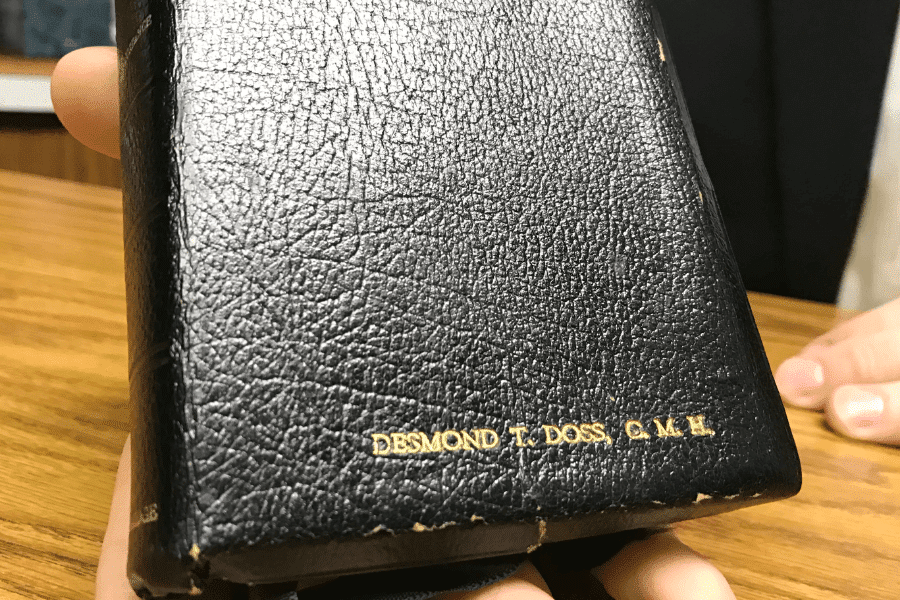
That beat-up Bible he took to war is now a historical artifact. It went to war, through explosions, over cliffs, and into his hospital bed.
He risked his life for it—literally asked medics to grab it before evacuating him. That’s love. That’s commitment. That’s also kind of adorable.
Today, it sits in a museum, radiating holiness and the faint smell of field dressings. Visitors stare at it like it might start floating. It hasn’t. Yet.
He Was Buried Like the King of Kindness
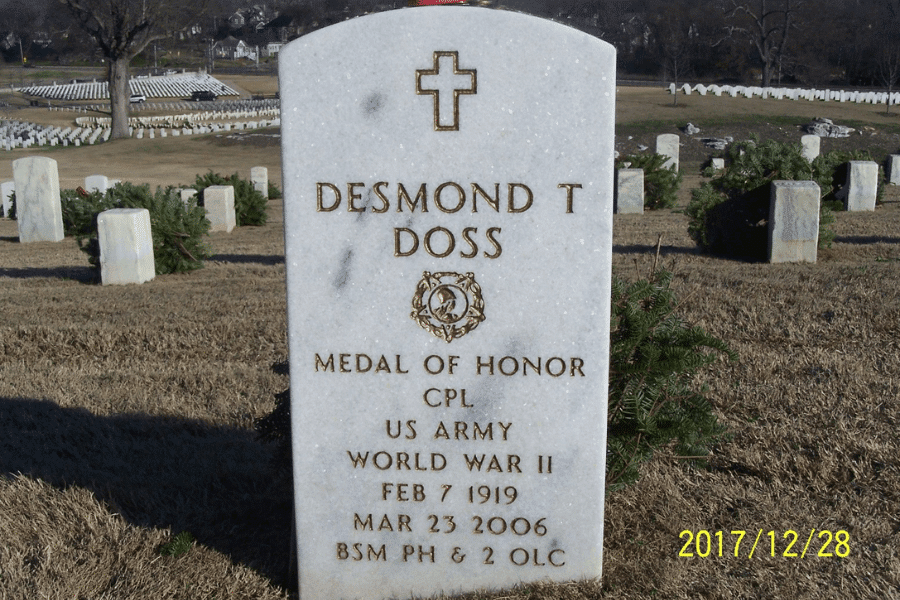
When Desmond passed in 2006, they gave him a full military burial. The irony? The man who never fired a shot left behind a bigger bang than most five-star generals.
Soldiers, pastors, historians, and strangers gathered to say goodbye. The cemetery didn’t just bury a man—they planted a legacy.
There were no fireworks. No salutes fired. Just the sound of everyone realizing they’d probably never meet anyone like him again.
Even Atheists Love Doss
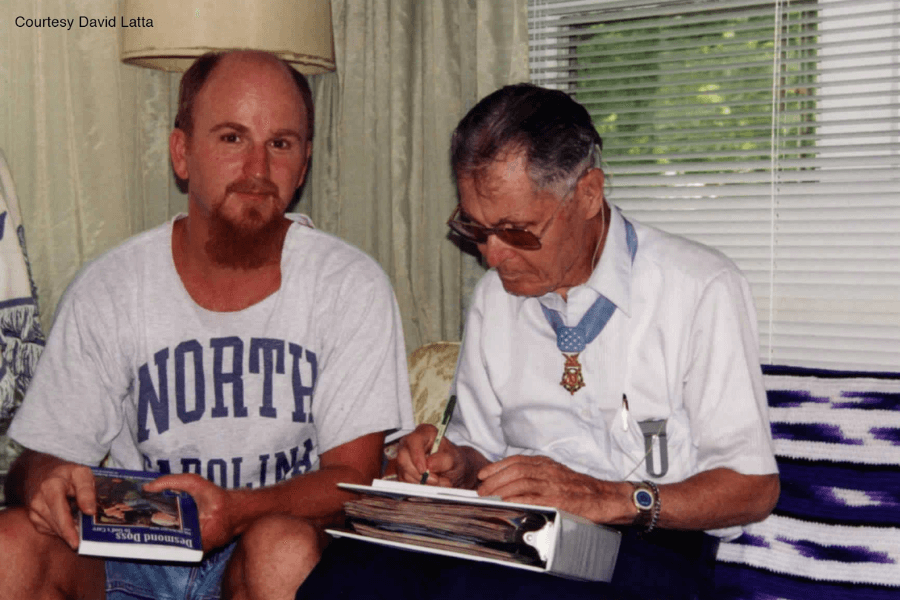
You don’t have to believe in God to believe in Desmond Doss. Even the most secular souls admit: if saints were real, this guy beat them all in a footrace.
His story crosses every line—religious, political, personal. Everyone agrees he was the kind of human being you tell your kids about when they’re whining about chores.
Pacifists, preachers, and pragmatists all claim him. Because when you survive grenades while saving people and quoting scripture, you become universal property.
Desmond Doss: Literally Built Different
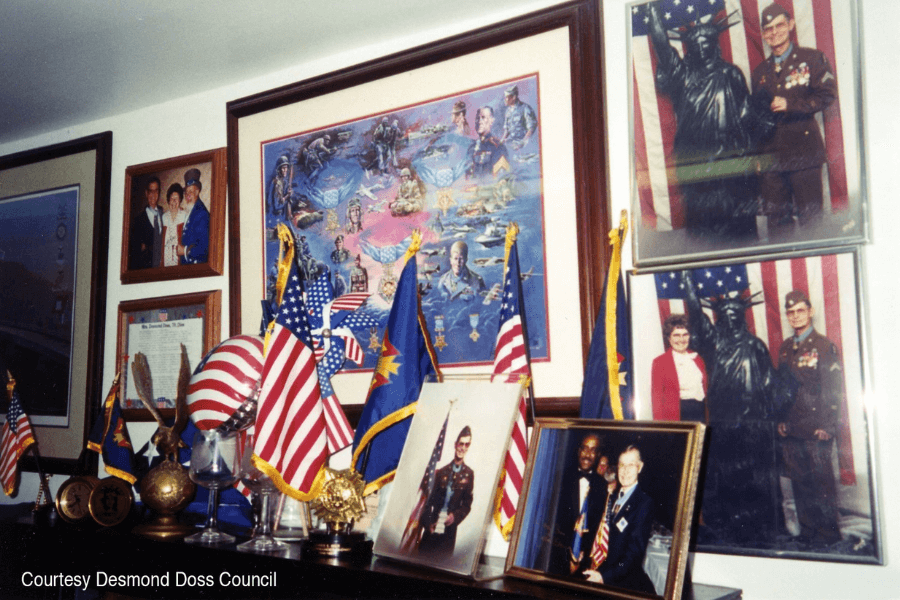
Desmond wasn’t brave despite being a pacifist—he was brave because he was one. His faith didn’t make him weak. It made him immortal in the annals of humanity.
While others won battles with firepower, he won his with compassion. And if that doesn’t deserve a statue, I don’t know what does.
He didn’t carry a rifle, but he carried the weight of everyone else. And somehow, he carried it with grace, speed, and spiritual overkill.
The Legend Goes to School (Sort Of)
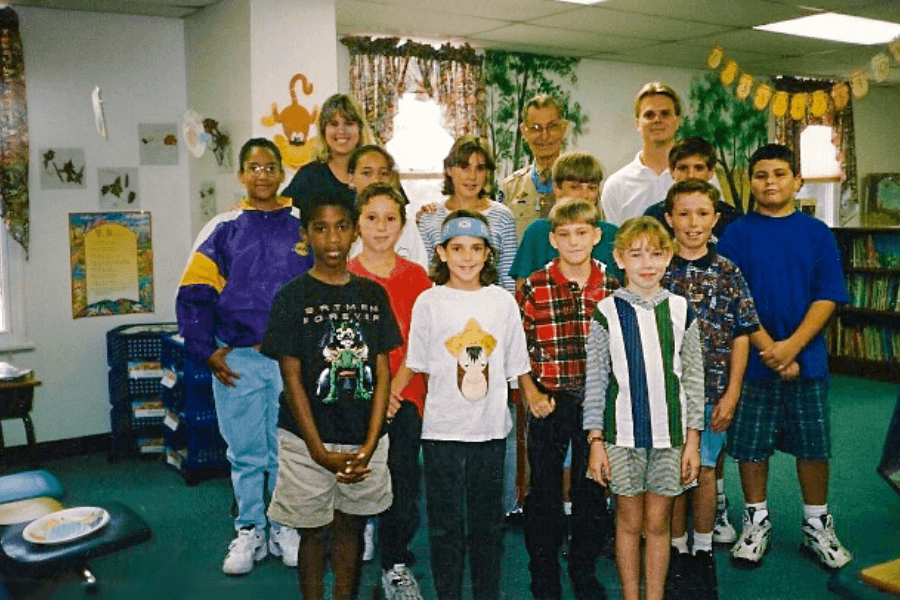
Desmond’s story became part of military training, medical ethics lectures, and possibly a few motivational TED Talks delivered by people who cry during insurance commercials.
Cadets study his tactics like he was some nonviolent Sun Tzu. “When in doubt, find rope, pray hard, and drag bodies with dramatic humility.” That’s a summary, probably.
Even in schools, kids learn about Doss—though they still ask why he didn’t “just get a gun.” Then they read more and go quiet, like tiny philosophers on juice boxes.
The Museum Game Is Strong
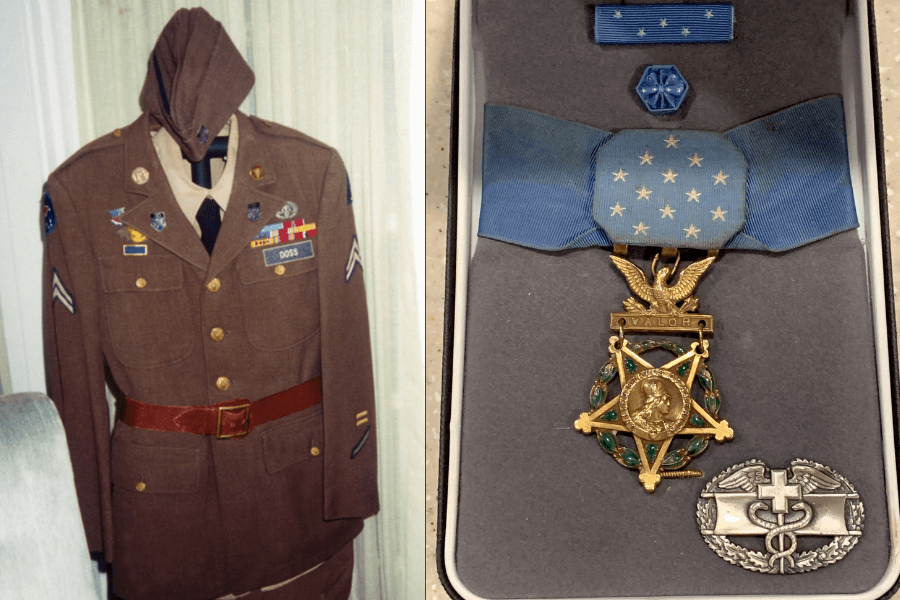
You can now visit exhibits dedicated to Desmond Doss. His helmet, his uniform, and the rope—yes, that rope—are all preserved like battlefield relics kissed by angels.
People stare at these items like sacred artifacts, which they kind of are. Somewhere between Indiana Jones’ whip and the Holy Grail, there’s Doss’ first-aid kit.
Seeing his gear in person hits different. You realize everything was basic, worn, and non-lethal, but somehow more powerful than tanks. It’s humility, shrink-wrapped in khaki.
The Soft-Spoken Titan
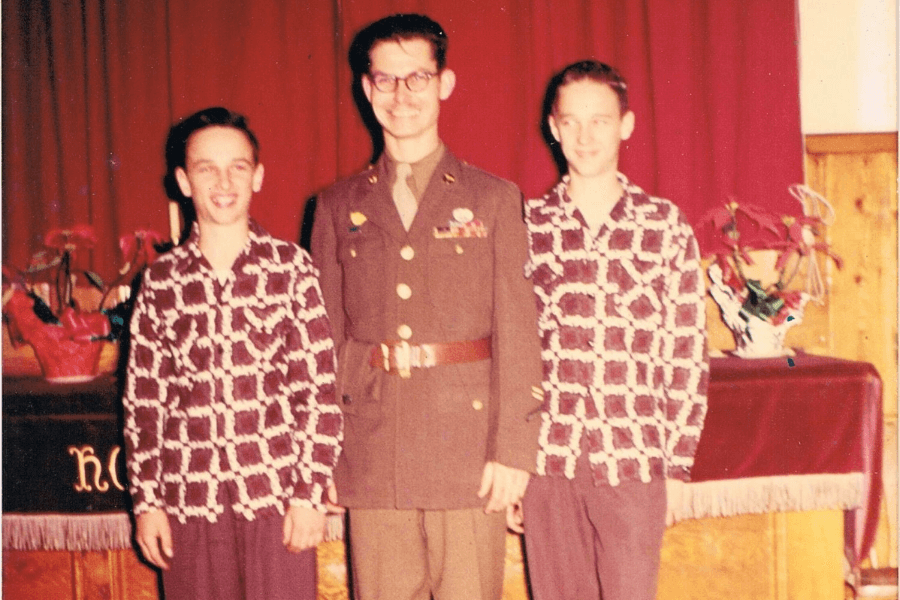
Desmond never tried to be famous, which is probably why he became a legend. In a world of shouty self-promoters, he just whispered his way into history.
He’s in documentaries, books, murals, and even memes—yep, modern sainthood comes with digital tributes and gif-worthy quotes. “Please Lord, help me get one more,” now gets retweeted with tears.
And through it all, his legacy stays clean. No scandals. No tell-alls. Just decades of unbothered nobility. Honestly, he might’ve been a Jedi. We’ll never know for sure.
What Desmond Taught the World
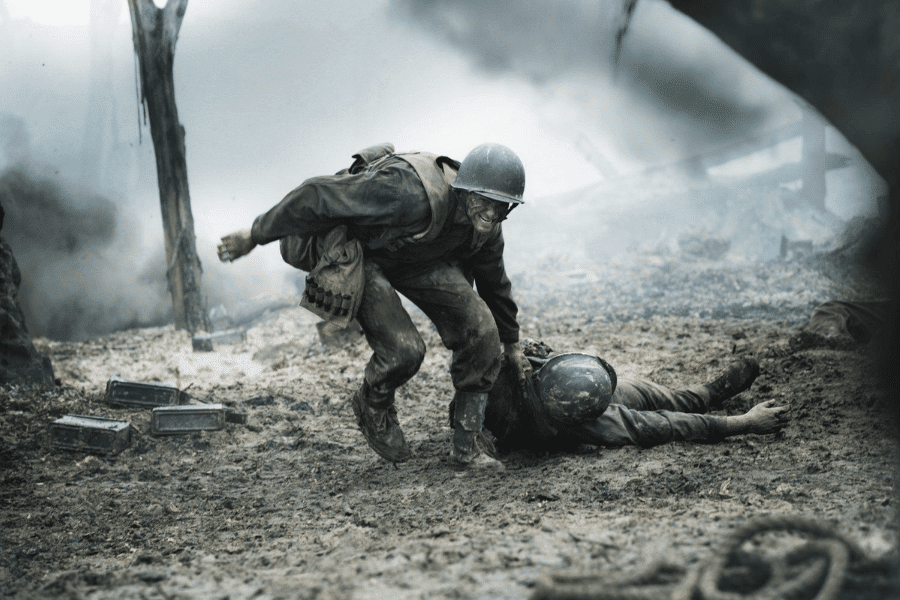
Desmond proved that moral clarity can survive literal warzones. He made kindness tactical, weaponized decency, and turned nonviolence into the most powerful act on the battlefield.
He didn’t change hearts with arguments. He did it with actions—gory, painful, exhausting ones. And somehow, he made it all look like a divine calling, not a flex.
His story reminds us that bravery isn’t about bullets—it’s about choosing others, again and again, even when your body’s on fire and your rope’s unraveling.
The Final Salute (No Gunshots, Just Goosebumps)
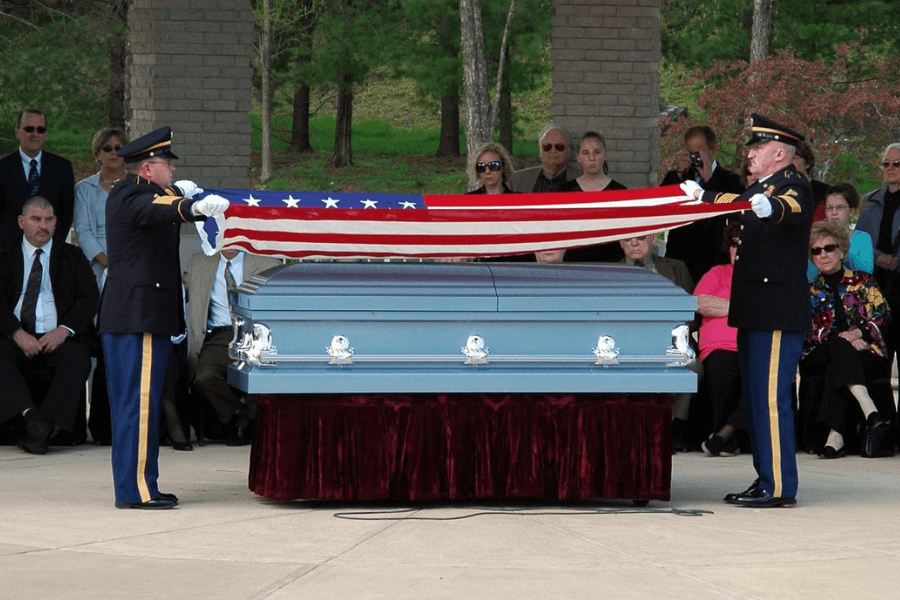
Desmond Doss died in 2006, but his story is immortal—stitched into flags, whispered in barracks, and etched into the sweaty hearts of anyone who’s ever doubted their own courage.
No monuments could fully capture his absurdly sincere greatness. But every life he touched—and saved—became its own tribute, breathing proof that goodness can be epic.
So here’s to Desmond: the unarmed warrior, the saint with bandages, the man who stood taller by kneeling to help. No rifle. No ego. Just rope, grit, and glory.
